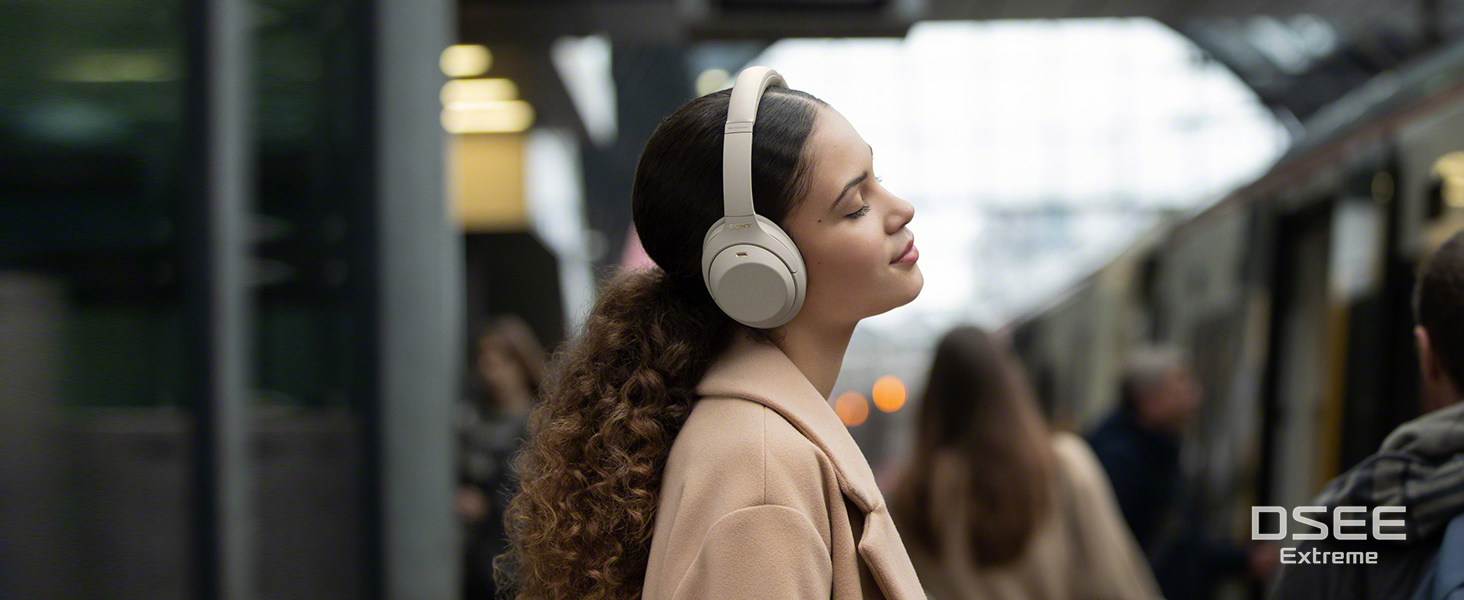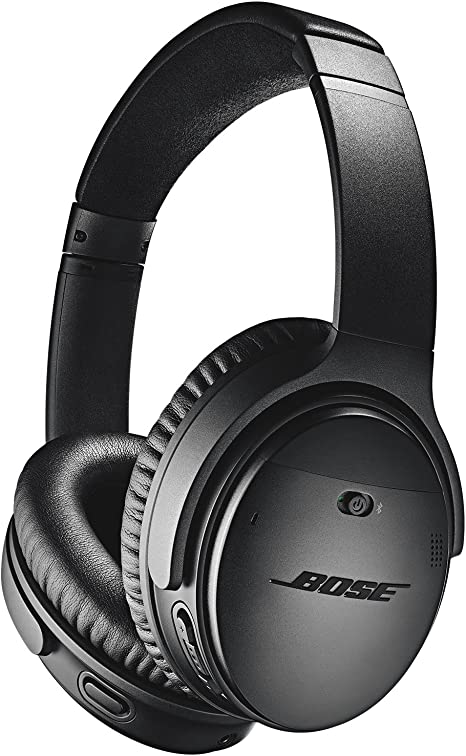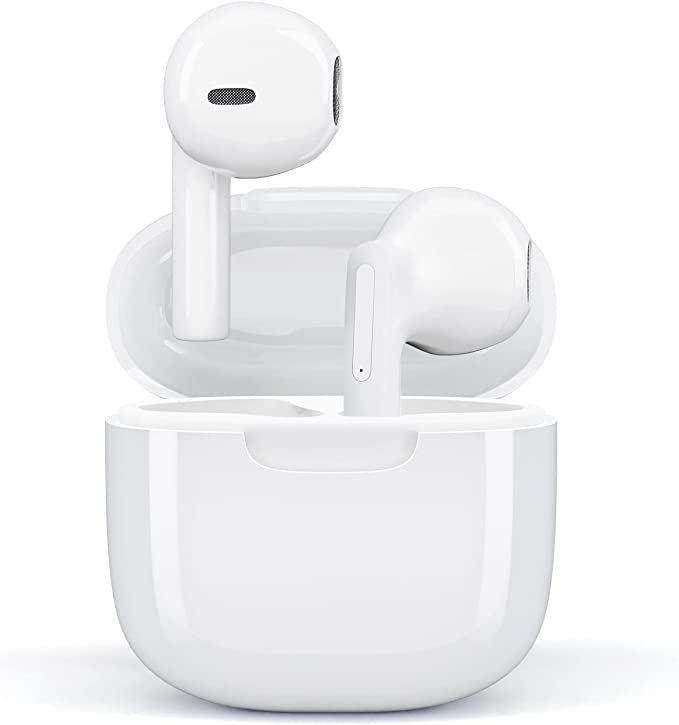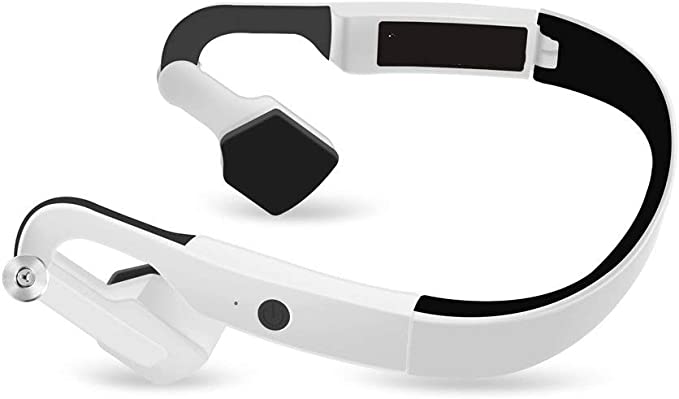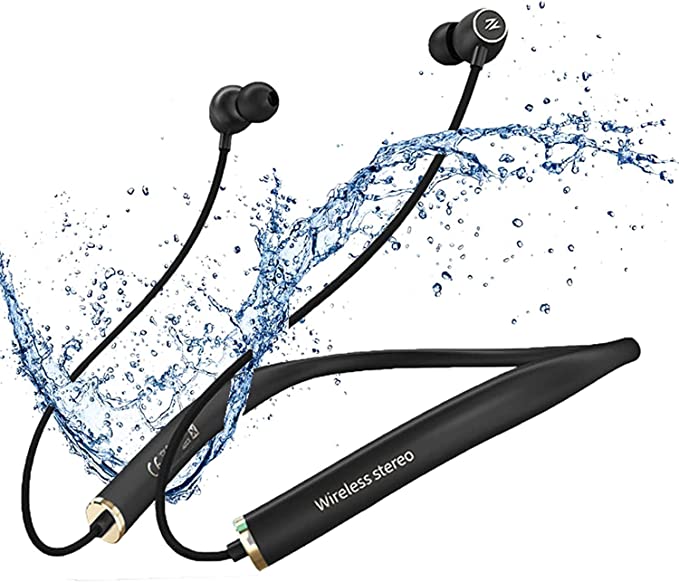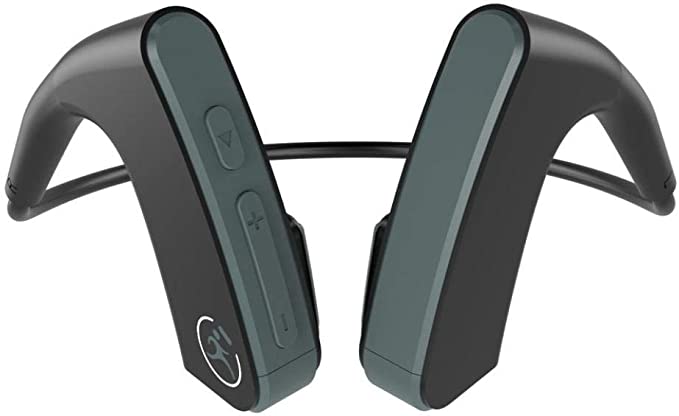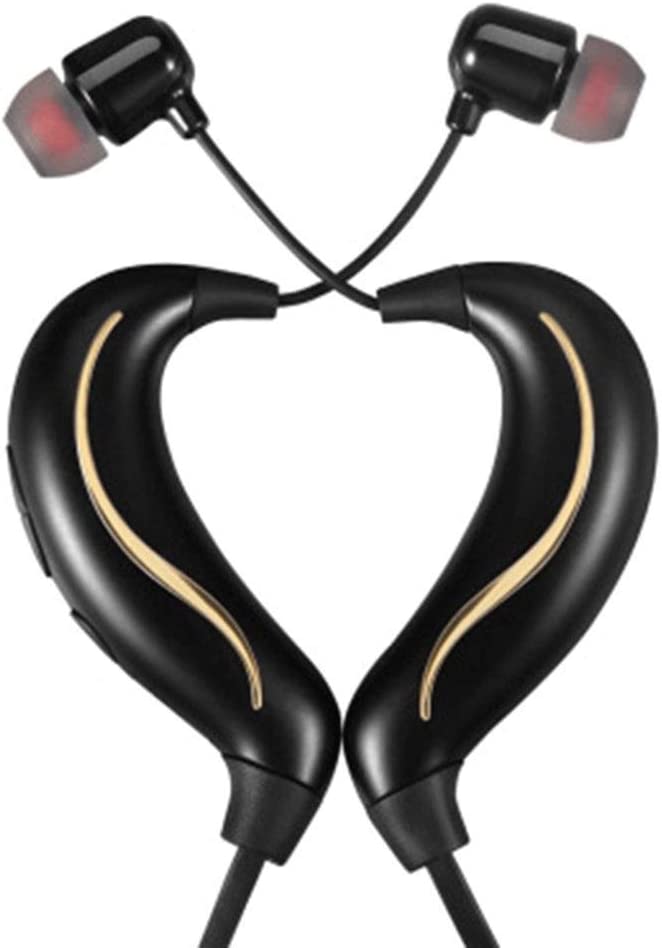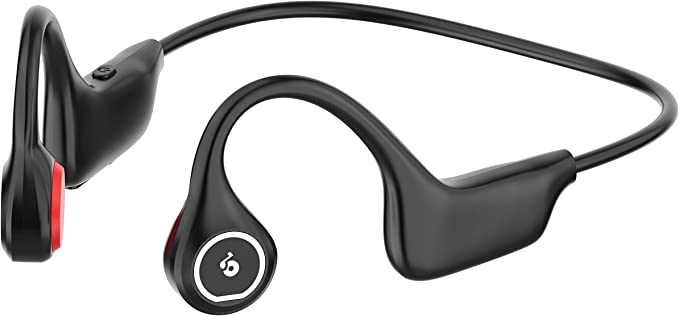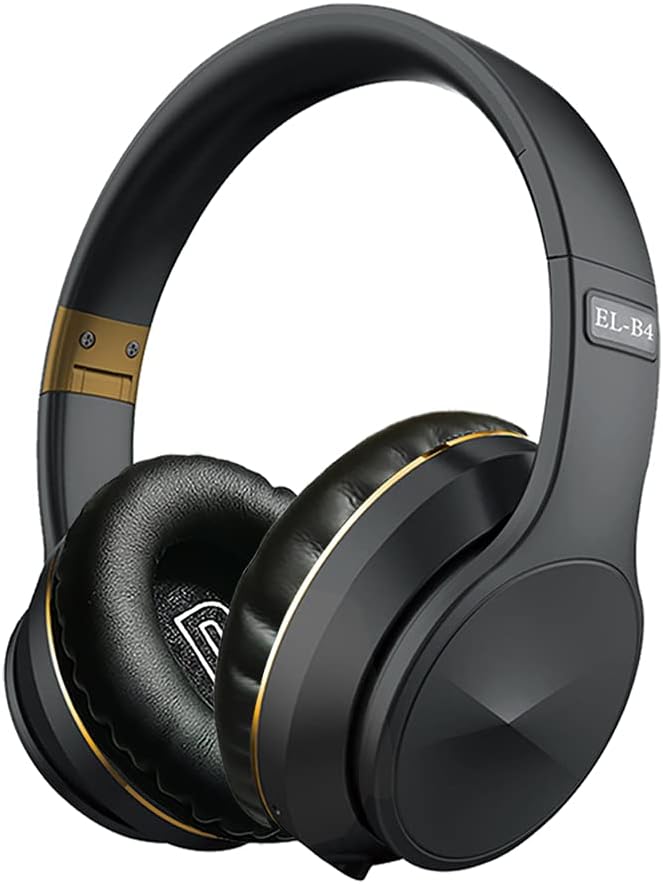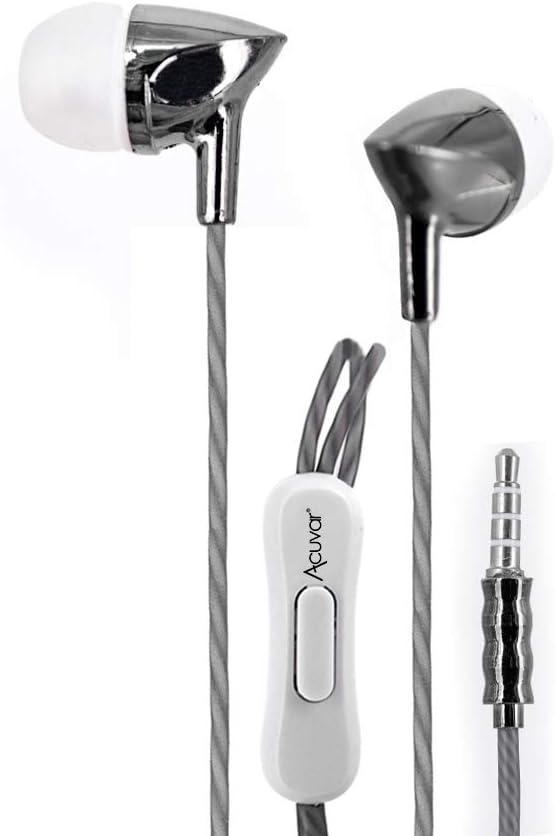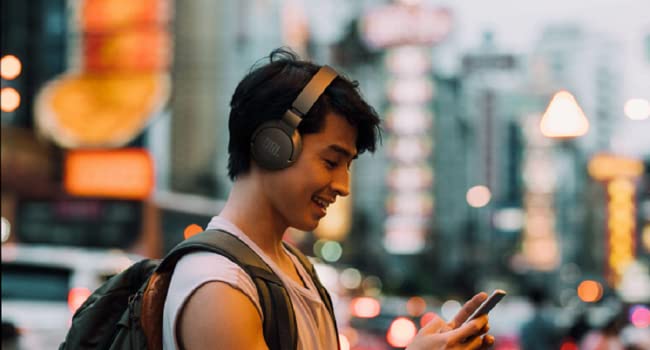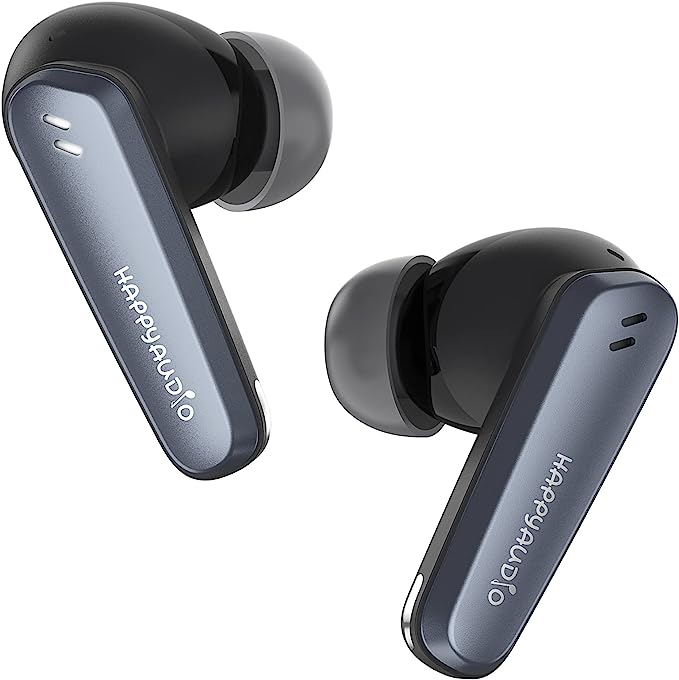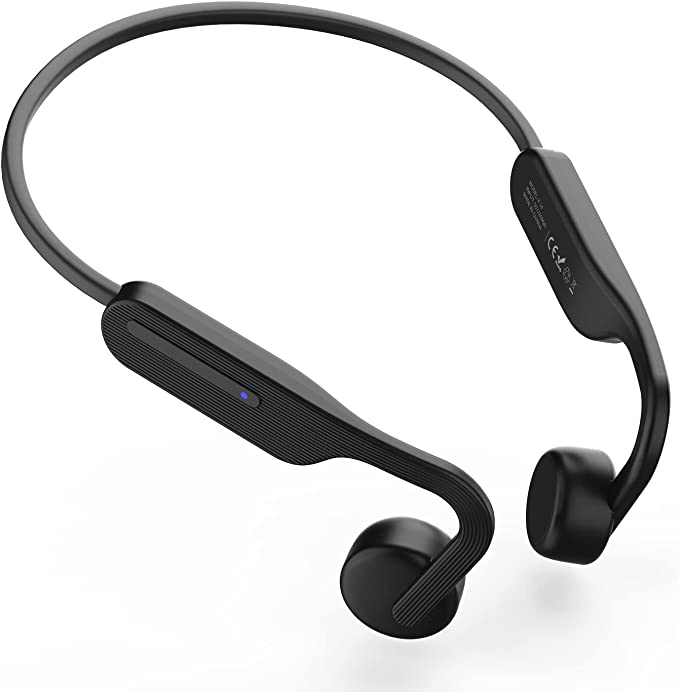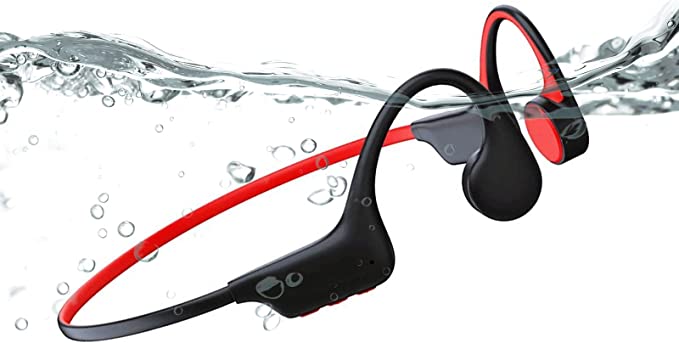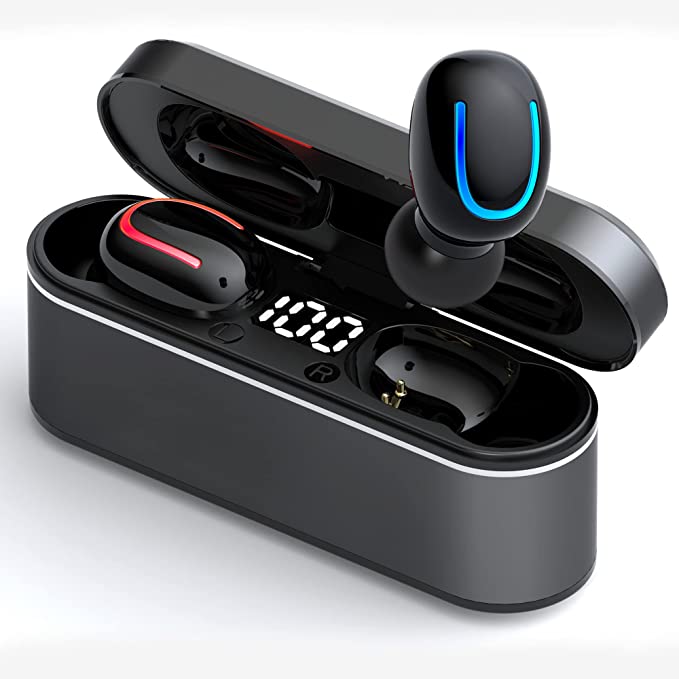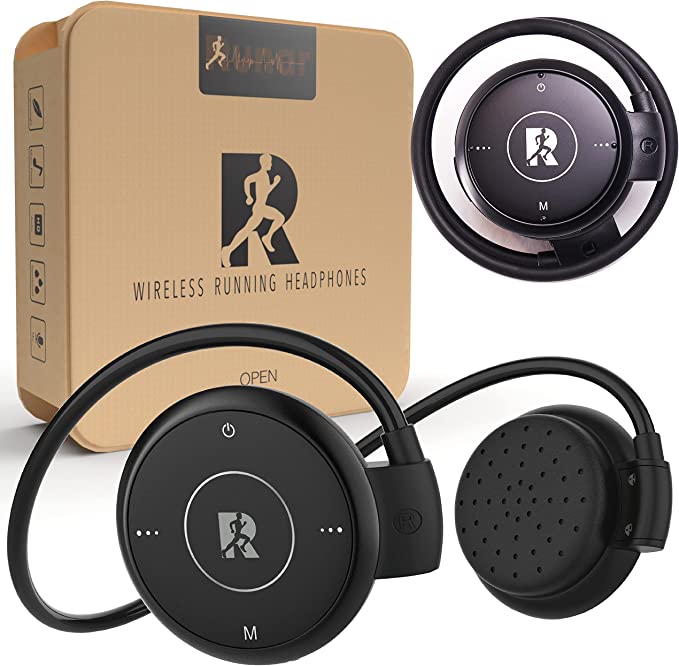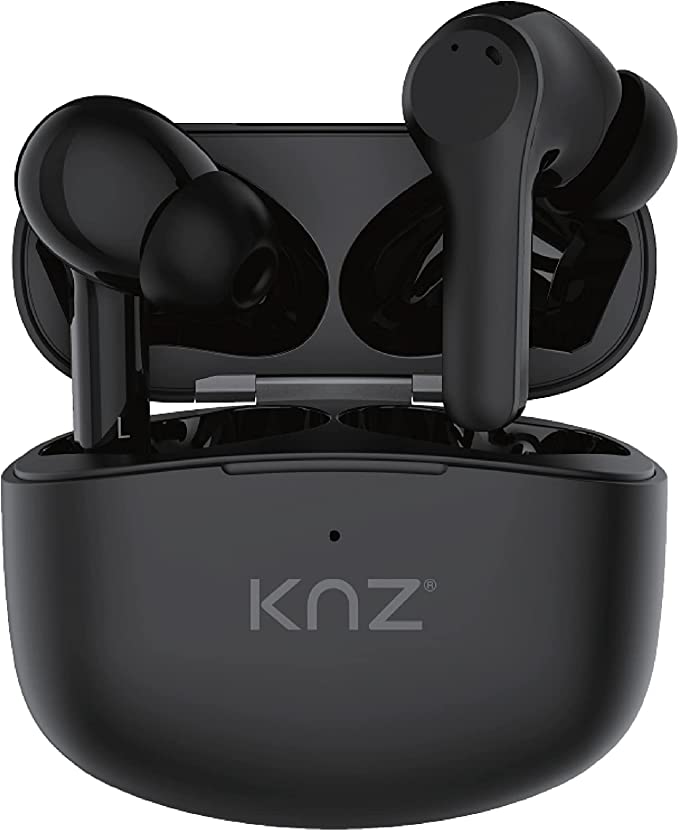Beats Studio Pro: Unlocking the Science of Immersive Sound
Update on Sept. 22, 2025, 4:07 p.m.
We carry devices in our pockets capable of engineering silence and building holographic sound worlds in our heads. This isn’t magic—it’s a fascinating symphony of physics, biology, and computer science.
There is a unique and profound luxury in silence. In a world saturated with the relentless hum of traffic, the chatter of open-plan offices, and the digital cacophony of notifications, true quiet has become a rare commodity. We can close our eyes to block out light, but we have no native mechanism to simply “close our ears.” Sound is a physical, invasive force. It is a vibration that travels through the air, passes through our walls, and penetrates the very bones of our skull. For most of human history, our relationship with ambient sound has been a passive one; we could do little more than endure it.
But that relationship is changing. We are living through a quiet revolution in personal audio, where the devices we wear are no longer just passive speakers for piping music into our ears. They have become active, computational platforms capable of manipulating the very fabric of our auditory reality. They can listen to the world around us, analyze it, and present us with an edited version—a version where a roaring jet engine is reduced to a whisper, where a movie soundtrack feels as if it’s happening in the room around us, or where a digital music file is rendered with the flawless precision of its studio recording.
This is the story of how we learned to hack our own hearing. It’s a journey into three distinct but interconnected scientific frontiers: the physics of erasing sound, the biology of building three-dimensional soundscapes, and the information theory behind the pursuit of perfect fidelity. And as our guide through this exploration, we’ll use a modern exemplar of these principles at work: a pair of headphones like the Beats Studio Pro, a device that neatly encapsulates this extraordinary convergence of science.

The Gentle Art of Erasing Sound
It’s not about blocking noise, but canceling it with its own ghost.
The core principle behind active noise cancellation (ANC) is at once profoundly simple and deeply counterintuitive. It does not work by blocking sound in the way that thick earmuffs do. That is passive isolation. ANC is an active, aggressive act. It creates sound to achieve silence.
To understand this, you must first remember what sound is: a wave. Like a ripple spreading across a pond, a sound wave has peaks (compressions) and troughs (rarefactions) in air pressure. Now, imagine you could create another ripple, perfectly timed, that is the exact inverse of the first—its peak aligns perfectly with the first ripple’s trough, and its trough with the first ripple’s peak. When these two waves meet, they cancel each other out. The surface of the water becomes flat. This phenomenon is called destructive interference.
This is precisely what noise-canceling headphones do. It’s an elegant act of acoustic judo. The idea famously struck Dr. Amar Bose during a noisy international flight in 1978, as he found the roar of the jet engines overwhelming the music from his airline-supplied headphones. He realized that if you could listen to the noise, you could fight it. The mechanism is a marvel of real-time computation:
- A tiny microphone on the outside of the earcup “listens” to the incoming ambient noise.
- That noise signature is fed to a sophisticated digital signal processor (DSP) chip inside the headphones.
- The DSP analyzes the waveform in milliseconds and generates a new, perfectly inverted “anti-noise” wave.
- The headphone’s internal speaker plays this anti-noise wave at the exact same time the real noise arrives at your ear.
The result is a zone of engineered quiet. It’s most effective against consistent, low-frequency sounds like the drone of an airplane cabin or the hum of an air conditioner, as these predictable waves are easiest for the algorithm to model and cancel. In a high-end implementation, such as the adaptive hybrid ANC found in the Beats Studio Pro, this process is even more advanced. It uses both external (feedforward) and internal (feedback) microphones to continuously analyze the sound and adjust the cancellation on the fly, correcting for things like a poor seal around your ear or sudden changes in the environment. And in a beautiful display of the technology’s duality, the same hardware can be used in reverse. Transparency Mode simply takes the sound from the external microphones and plays it into your ear, allowing you to be aware of your surroundings without breaking your sonic immersion.

Building Worlds Inside Your Head
Your brain is the ultimate audio processor. Headphones are just learning to speak its language.
If ANC is about deleting reality, Spatial Audio is about creating a new one. It’s a technology that feels like a magic trick, capable of ungluing sound from the confines of your headphones and placing it in the three-dimensional space around you. This, too, is not magic, but a clever reverse-engineering of our own biology.
Your brain is a master of sound localization. It performs this feat using a set of subtle clues, chief among them the Interaural Time Difference (ITD) and the Interaural Level Difference (ILD). If a sound comes from your right, it will arrive at your right ear a few microseconds sooner (ITD) and be slightly louder (ILD) than at your left ear. Your brain processes these infinitesimal discrepancies instantly to construct a 3D map of your sonic environment. Furthermore, the complex folds and curves of your outer ear, or pinna, act as a unique filter, subtly coloring sounds based on their direction. This entire acoustic filtering effect is captured in a mathematical model known as a Head-Related Transfer Function (HRTF).
Your HRTF is as unique as your fingerprint. For decades, audio engineers have used “dummy heads” with microphones in their ear canals to capture a generic HRTF for binaural recordings. But the true revolution is personalization. This is where a device like an iPhone can use its TrueDepth camera to scan the geometry of your ears, creating a Personalized Spatial Audio profile. This custom-tunes the audio algorithm to your specific biology, dramatically enhancing the realism of the effect.
When this is combined with dynamic head tracking, the illusion becomes complete. Gyroscopes and accelerometers within the headphones monitor your head’s movement. If you are watching a movie on a screen and turn your head to the left, the sound of the dialogue remains anchored to the screen, growing louder in your right ear, just as it would in the real world. This is what transforms a listening experience on a device like the Studio Pro from a simple stereo presentation into a stable, holographic soundstage that seems to exist independently of the headphones themselves. It is, in essence, a technology designed to speak directly to your brain in the language it already understands.

The Uncompressed Truth
In the digital age, convenience has a cost. For audio, that cost is data.
We have tamed external noise and built virtual worlds, but what of the sound itself? The final piece of the puzzle is fidelity—the quest to hear a piece of music exactly as it was recorded. In our wireless world, this is a taller order than it seems.
The journey of sound from a studio microphone to your ear is one of translation. An analog sound wave is converted into digital information through a process of sampling—taking thousands of snapshots of the wave every second. The Nyquist-Shannon sampling theorem provides the mathematical foundation for this, ensuring a sufficiently high sampling rate can capture the wave accurately. But this accurate digital copy contains a lot of data.
Herein lies the bottleneck of Bluetooth. Its limited bandwidth is like a narrow pipe, too small for the full stream of uncompressed audio data to flow through. To make it fit, the audio must be compressed using a codec. Most codecs, like the standard SBC and Apple’s AAC, use lossy compression. They cleverly discard audio information that, according to psychoacoustic models, our ears are less likely to notice. It’s a bit like creating a detailed summary of a novel instead of sending the whole book; you get the plot, but the nuance and texture are lost.
For years, this was the accepted trade-off for wireless convenience. But there is an escape hatch. The inclusion of a feature like USB-C audio on the Beats Studio Pro is a quiet acknowledgment of this compromise. By connecting the headphones with a cable, you bypass the Bluetooth bottleneck entirely. The cable acts as a high-speed data pipeline, allowing a stream of lossless, uncompressed audio to flow directly from the source to the headphone’s internal Digital-to-Analog Converter (DAC).
This isn’t about making bad recordings sound good. It’s about removing the final layer of compromise, ensuring that every bit of data from a high-fidelity source file reaches the driver and, ultimately, your ear. It’s a deliberate choice, a switch from maximum convenience to maximum fidelity.

The Edited Reality
What connects these three seemingly disparate technologies—canceling, creating, and clarifying—is a single, powerful theme: control. From erasing the physical reality of a noisy room to constructing a new, hyper-realistic one for a film, and finally, to ensuring the absolute integrity of the original artistic signal, we are witnessing the evolution of the headphone into a personal reality editor.
These devices are no longer just accessories. They are sophisticated computational platforms, armed with microphones, processors, and sensors, all dedicated to curating one of our most fundamental senses. The true innovation is not in any single feature, but in the power they grant us to shape and define our own sonic world. We are, for the first time, becoming the masters of what we hear.

